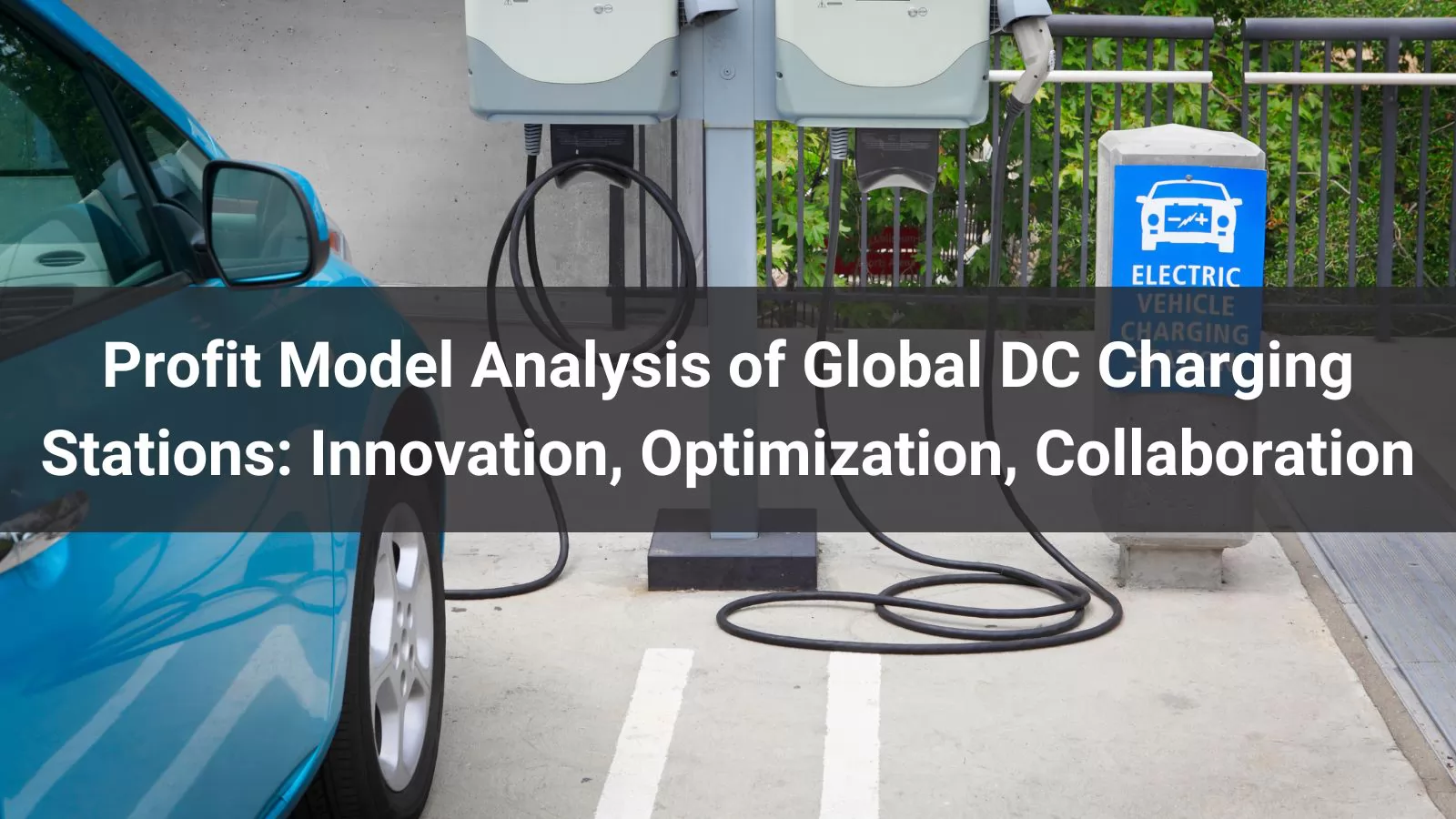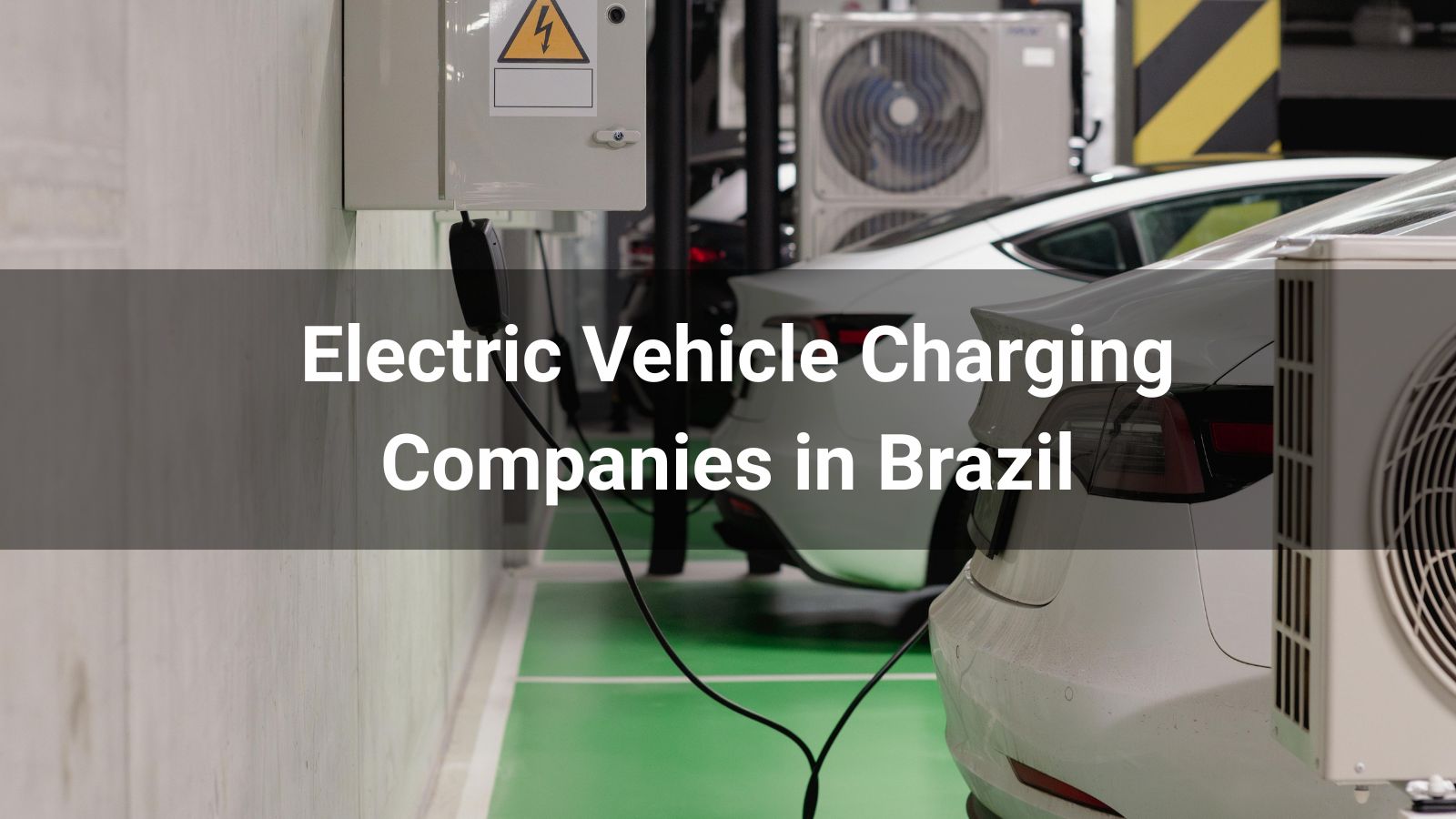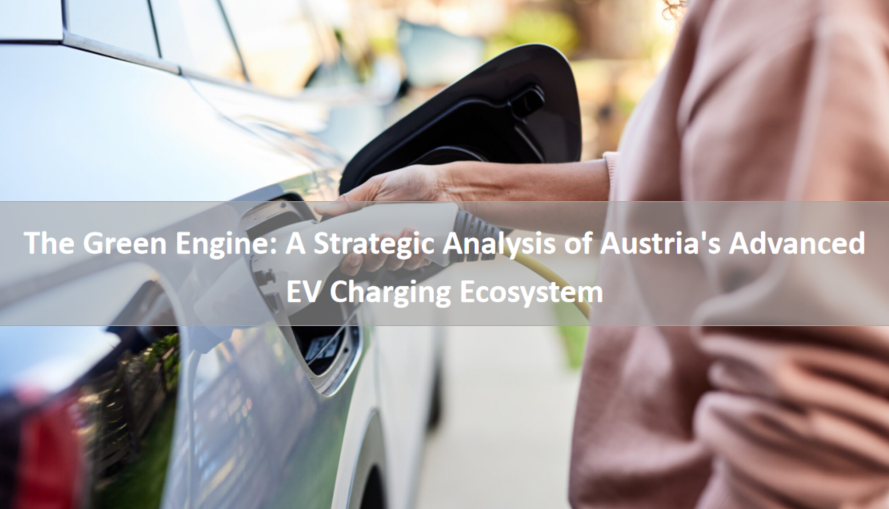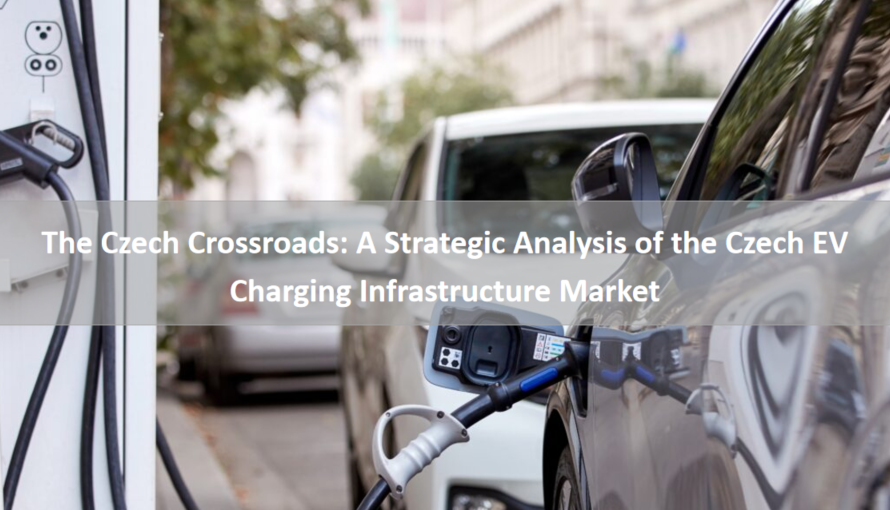
Driven by the global push for carbon neutrality, the new energy vehicle (NEV) market in Europe and America is expanding rapidly. However, the imbalance in the vehicle-to-pile ratio remains a critical challenge. In 2022, Europe’s public vehicle-to-pile ratio was 16:1, and in the US, it reached 18:1, highlighting a significant gap in charging infrastructure to meet demand. Large-scale DC charging stations, particularly high-power fast-charging stations, have emerged as pivotal nodes in the energy replenishment network. This analysis explores how charging pile operators and owners can enhance profitability through technological upgrades, operational optimization, and ecological collaboration.
The profitability of DC charging stations hinges on single-pile utilization rates and operational cost control. Traditional 60kW–150kW DC chargers are increasingly inadequate for users’ fast-charging needs, prompting the adoption of supercharging technology exceeding 350kW. For instance, Tesla’s V4 Supercharger, with a 350kW output, can add approximately 320 kilometers of range in just 10 minutes, significantly boosting service capacity per unit of time.
Liquid cooling technology further optimizes cost structures. Unlike energy-intensive air-cooled systems, which require frequent maintenance in high-power scenarios, liquid-cooled modules use circulating coolant for efficient heat dissipation, reducing equipment wear. Studies indicate that liquid-cooled modules lower lifecycle costs by 15–20% compared to air-cooled alternatives, while also adapting to harsh conditions like high temperatures and humidity, thus minimizing failure rates and maintenance expenses.
Modular designs, such as ChargePoint’s Express Plus platform, enable flexible power expansion, reducing initial investment costs and simplifying future upgrades. These innovations collectively enhance charging efficiency and cost-effectiveness.
Innovative operating models are key to maximizing revenue and adapting to diverse scenarios. Below are the primary strategies:
Dynamic pricing, such as peak-hour surcharges and off-peak discounts, balances supply and demand. Data from EVgo in the US shows that fast-charging stations achieve profitability at a 20% utilization rate, with some regions like Illinois reaching 26%. Differentiated pricing further boosts revenue. Value-added services, including advertising, convenience store partnerships, and membership subscriptions (e.g., free charging packages), provide supplementary income streams.
ChargePoint collaborates with commercial properties like shopping malls and restaurants, offering charging stations to attract customers. Merchants provide free charging to extend customer dwell time and increase consumption, while ChargePoint earns revenue through equipment sales and long-term service fees. Similarly, Tesla’s early deployment of Superchargers along highways, paired with dining and rest areas, creates a “charging + consumption” ecosystem, enhancing user retention.
Tesla’s decision to open its Supercharger network to non-Tesla brands like Ford and General Motors expands its user base. Non-Tesla users pay higher fees, increasing revenue through network sharing. Projections suggest that by 2025, this openness could generate over $1 billion in additional annual revenue for Tesla.
Government incentives in Europe and the US significantly reduce the financial burden of building charging infrastructure. The US National Electric Vehicle Infrastructure Program (NEVI) allocates $5 billion to support charging stations along highways, covering 80% of interstate routes. In Europe, the EU mandates 3.4 million public charging points by 2030, offering up to 40% subsidies for eligible projects. These policies lower initial investment risks for operators.
Additionally, carbon credit trading, such as California’s Low Carbon Fuel Standard (LCFS), enables operators to earn revenue by reducing emissions, further enhancing profitability.
Data-driven strategies optimize both site selection and maintenance, improving efficiency and user experience.
Big data analytics, incorporating variables like traffic flow, EV ownership, and user behavior, enables precise site selection. US startup Stable Auto uses a 75-variable model to identify high-demand locations, achieving average station utilization rates above 18%.
IoT-enabled remote monitoring tracks equipment status in real time, providing early fault warnings and enabling remote repairs. ChargePoint’s cloud platform, for example, monitors charger performance, reduces manual inspection costs, and integrates user-friendly features like appointment scheduling and payments, enhancing the overall experience.
The integration of photovoltaic power generation, energy storage systems, and charging stations reduces electricity costs and supports grid stability. Tesla’s “Supercharger + Megapack Energy Storage” model stores energy during low-price periods and discharges during peak hours, cutting operating costs by over 30%. In some regions, Vehicle-to-Grid (V2G) technology allows EVs to supply power back to the grid, enabling operators to profit from electricity market transactions.
The profit model for global DC charging stations has evolved from a single service-fee approach to a multifaceted framework combining technological innovation, operational optimization, policy support, and ecological synergy. High-power fast-charging and liquid cooling technologies reduce charging times and maintenance costs, while dynamic pricing and commercial integrations boost revenue. Policy subsidies and carbon credit trading lower investment barriers, and data-driven tools optimize site selection and maintenance. The integration of photovoltaic, storage, and V2G systems ensures long-term sustainability. As EV adoption grows and supercharging technology becomes widespread, DC charging stations are poised to transition from cost centers to energy service hubs, forming a cornerstone of smart city infrastructure.
Read more:







